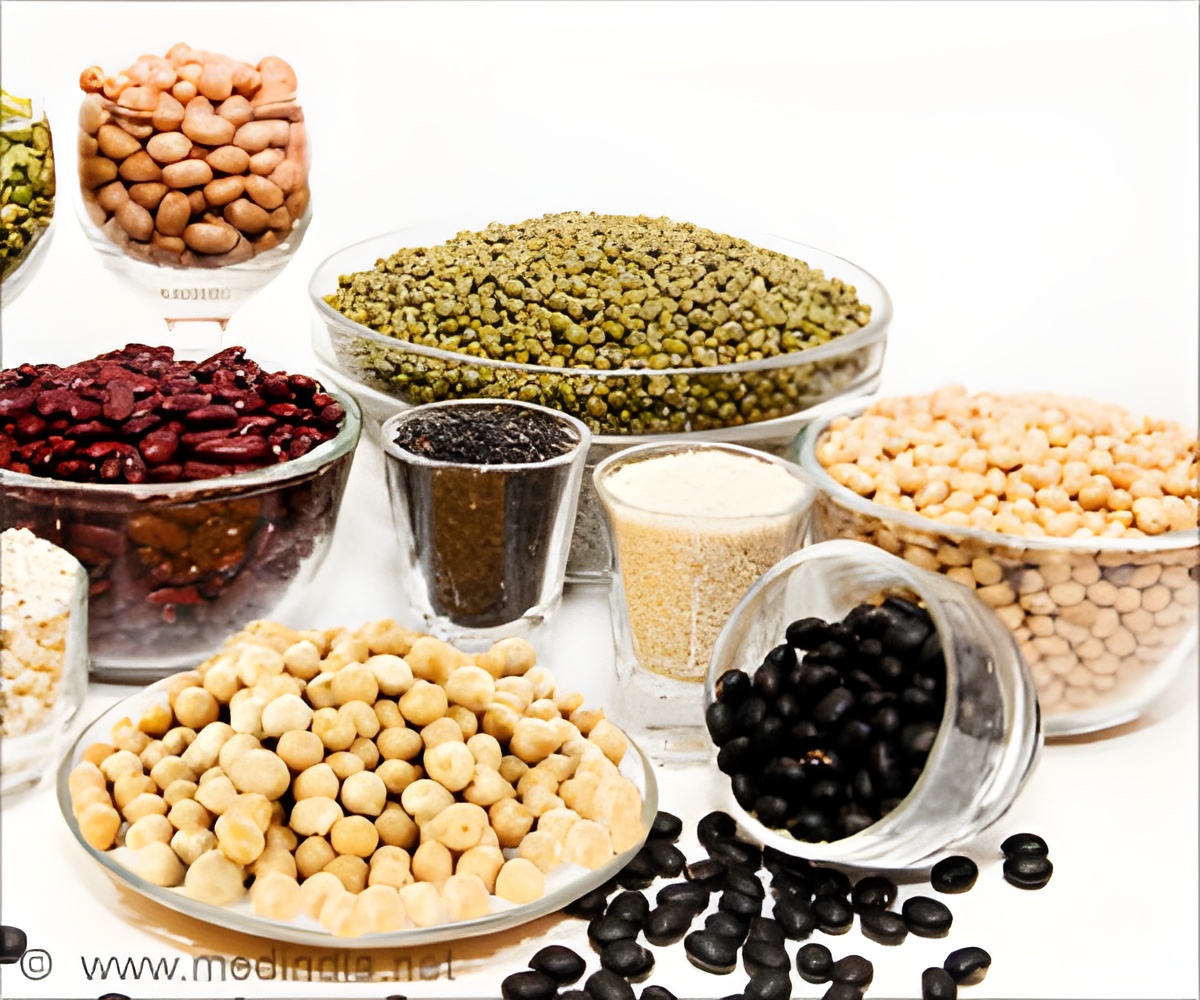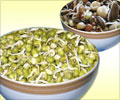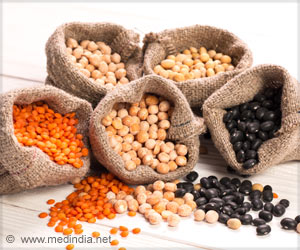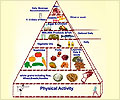
‘The United Nations supports the increase of pulse production and consumption by 10% by 2020, as well as improving market access to the legumes.’
Tweet it Now
Pulses are members of the legume family and include dried peas, edible lentils, and chickpeas.
- They are high in protein and fiber, and low in fat.
- They have high levels of minerals such as iron, zinc, and phosphorous as well as folate and other B-vitamins.
- The nutrients and fiber in pulses help reduce cholesterol, high blood sugar levels and helps in weight loss.
- When growing, pulses fix nitrogen into the soil, which reduces the need for chemical fertilizers.
As a food source, pulses have the potential to offer cost-effective solutions for global nutrition as well as health and sustainability concerns, if consumed in greater amounts.
In one of the papers, experts in food processing, human health, food and nutritional security, global trade, agriculture, and environmental science have developed a common vision and action plan to reach the United Nation's goals for pulse consumption by 2020.
They agreed that a committed group of pulse industry stakeholders must work together to create a research agenda focused on shifting consumer behavior towards greater pulse consumption.
Authors highlight the needs for multi-sectoral partnerships to realize these goals through developing policies, regulations, guidelines and public intervention programs promoting pulse consumption.
Advertisement
Secondly, the authors emphasized that to meet the goals, experts must provide solutions to increase pulse yields while reducing input costs through improved, integrated crop-management practices.
Advertisement
Source-Medindia











